The Enigmatic Apostle: Bartholomew’s Journey from Skepticism to Sainthood
A Name in the Shadows
Bartholomew isn’t the kind of biblical figure who gets statues in town squares. He’s no Peter, no Paul, not even a Thomas with his famous doubting moment. He’s more like that quiet guy at the back of the group photo—the one historians squint at and say, “Yeah, that guy was important too.”
His name appears in the Synoptic Gospels (Matthew, Mark, and Luke), but always in a list, like an afterthought. No dialogue, no dramatic conversions, just a name among the chosen twelve. It’s John’s Gospel that gives us something to work with—except it never mentions Bartholomew at all. Instead, we get Nathanael, who many scholars argue is the same person. The theory? “Bartholomew” isn’t a personal name but a patronymic—meaning “Son of Tolmai.” Nathanael Bar-Tolmai. Like if someone today went around being called “Johnson” all the time.
The Skeptic Under the Fig Tree
The only real moment of personality we get from him is in John 1:45-51:
Philip found Nathanael and said to him, “We have found Him of whom Moses wrote in the Law, and the prophets also wrote: Jesus the son of Joseph, from Nazareth!” Nathanael said to him, “Can anything good be from Nazareth?” Philip said to him, “Come and see.” Jesus saw Nathanael coming to Him, and said regarding him, “Here is truly an Israelite, in whom there is no deceit!” Nathanael said to Him, “How do You know me?” Jesus answered and said to him, “Before Philip called you, when you were under the fig tree, I saw you.” Nathanael answered Him, “Rabbi, You are the Son of God; You are the King of Israel!”John 1:45-49 (NASB)
That’s a full 15 seconds of fame by biblical standards. Nathanael starts as a cynic, throwing shade at Nazareth, and ends up proclaiming Jesus as the Son of God. Not a bad turnaround. But what was he doing under that fig tree? Meditating? Hiding? Planning to ghost Philip? We’re never told. Jesus’ words strike deep, though—like He knew what was on Nathanael’s mind before he even spoke. That’s enough to flip the switch from skepticism to belief.
The Silent Apostle
After that, Bartholomew/Nathanael goes quiet. He shows up at the post-Resurrection fishing trip in John 21, but again, he’s just there. Church tradition fills in the gaps. Early sources claim he evangelized in India, Armenia, and possibly even Arabia. The most famous legends place him in Armenia, where he supposedly converted the king’s brother to Christianity—an act that didn’t exactly win him friends among the local ruling class.
The writings of Eusebius, a fourth-century Church historian, mention a tradition that Bartholomew took the Gospel to India, and some later sources associate him with the region near modern-day Mumbai. The missionary efforts attributed to him often parallel those of Thomas, another apostle said to have traveled eastward. Eusebius also cites the second-century writer Pantænus, who supposedly discovered a Hebrew version of Matthew’s Gospel in India, left behind by Bartholomew.
In Armenia, tradition holds that Bartholomew and Thaddeus (another lesser-known apostle) were instrumental in bringing Christianity to the region, making Armenia one of the first Christian nations. The Armenian Apostolic Church venerates him as a patron saint, commemorating his work in converting King Polymius’s brother. However, this success led to political backlash. According to legend, pagan priests and local authorities, threatened by the rapid spread of Christianity, arranged for Bartholomew’s execution.
Scholars like Hippolytus of Rome (third century) also list Arabia and Mesopotamia as potential mission fields for Bartholomew. Some medieval sources even claim he reached Ethiopia. The lack of contemporary documentation makes it difficult to verify these accounts, but the widespread nature of the traditions suggests that the early church genuinely believed Bartholomew had an expansive missionary reach.
Martyrdom: The Gruesome End
Most apostles met violent deaths, but Bartholomew’s stands out for sheer horror. Tradition holds that he was flayed alive—skinned from head to toe—before being beheaded. That’s why Renaissance paintings often depict him holding his own skin like a grotesque overcoat. Michelangelo even painted himself as Bartholomew’s flayed skin in the Sistine Chapel, which probably tells you something about Michelangelo’s self-esteem.
Accounts of his martyrdom vary slightly, but the most widely accepted tradition states that Bartholomew was executed in Albanopolis, Armenia, at the orders of King Polymius’s successor, Astyages. Some versions suggest that, before being flayed alive, he was beaten and imprisoned. The reasoning behind his brutal death? His successful preaching had not only converted members of the royal family but had also led many common people to abandon the region’s traditional paganism, enraging the religious elite.
The gruesome imagery of Bartholomew’s martyrdom inspired many depictions in Christian art. Medieval legends and the Golden Legend (a widely read hagiography in the Middle Ages) emphasized the flaying as a symbol of suffering for faith, equating it with spiritual purification. The Renaissance took this further, making Bartholomew an emblem of martyrdom. Michelangelo’s depiction in the Sistine Chapel portrays him holding his own skin, with some scholars speculating that Michelangelo’s own troubled view of faith was reflected in Bartholomew’s haunting image.
While no contemporary Roman records confirm Bartholomew’s death, early Christian writers such as Theodoret and Jacobus de Voragine consistently affirm the tradition of his violent end. His relics were later said to be transferred to various locations, including the Church of St. Bartholomew on the Tiber Island in Rome, a significant pilgrimage site.
The Legacy of a Background Character
Bartholomew never wrote an epistle. He doesn’t get quoted in sermons. His name isn’t on the lips of preachers. But maybe that’s the point. He was one of the Twelve. He followed, he believed, and he died for it. Not every disciple gets a spotlight. Some just live the faith, carry it into the world, and vanish into history. And maybe that’s sainthood enough.
Additional Resources:
Books:
These are Amazon affiliate links for these books. We use affiliate links to offset our operating costs. Using them helps us stay online. You don’t have to use these though, you can just search for the book. Happy reading!
-
Bartholomew: Apostle and Visionary: This book provides an in-depth look into the life and legacy of Bartholomew, offering insights into his role in early Christianity.
-
Twelve Ordinary Men: How the Master Shaped His Disciples for Greatness, and What He Wants to Do with You: This book explores the lives of the twelve apostles, including Bartholomew, highlighting how Jesus transformed ordinary men into extraordinary leaders.
Web Resources:
-
Bartholomew the Apostle – Wikipedia: A comprehensive overview of Bartholomew’s life, his identification with Nathanael, and his missionary journeys.
-
Who was Bartholomew in the Bible? | GotQuestions.org: An article discussing Bartholomew’s role among the twelve apostles and his possible identification with Nathanael.
-
Are Bartholomew and Nathanael the same person in the Bible?: An exploration of the theory that Bartholomew and Nathanael are the same individual, examining scriptural references and scholarly opinions.
Scripture quotations taken from the NASB® New American Standard Bible®, Copyright ©, 2020 by The Lockman Foundation. Used by permission. All rights reserved.

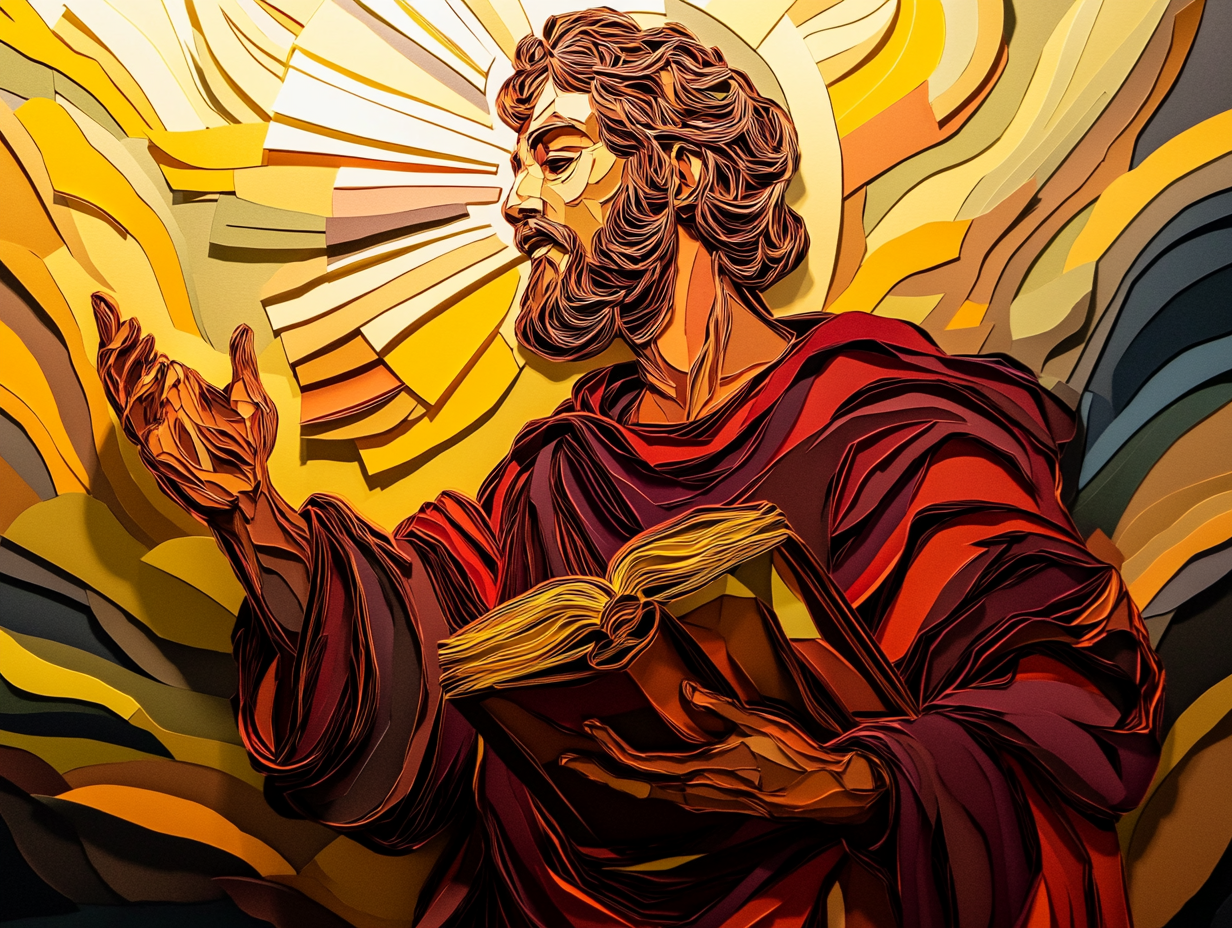
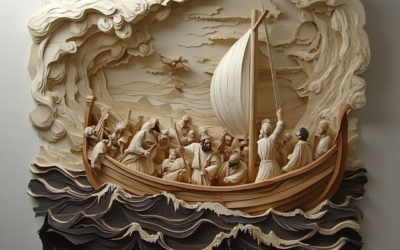
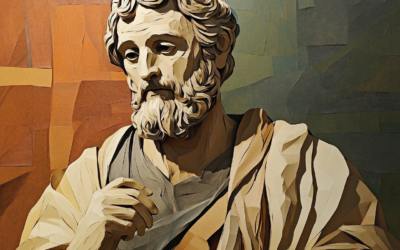

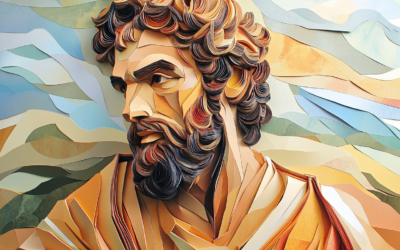
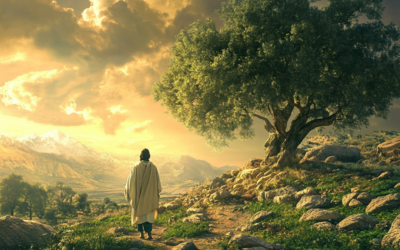


0 Comments